By Donald J. Young
This is a story of what might have been. If Japan had chosen to attack far-off British Malaya on December 7, 1941, instead of Pearl Harbor, Hawaii, President Franklin Roosevelt was prepared to go before Congress and ask—for the first time in American history—for a declaration of war against a nation that had not fired the first shot against us. With the country solidly divided on the issue of getting involved in the war that was already raging in Europe, and with the president’s repeated promises not to send American boys to fight in a foreign war still ringing in congressional ears, the outcome of Roosevelt’s appeal was not preordained. Indeed, there is some reason to think that his appeal would have been rejected by an isolationist Congress, in which case the history of World War II would have been very different.
The circumstances surrounding FDR’s undelivered declaration began in August 1941, in obscure Argentia Harbor inside Placentia Bay, Newfoundland. There, four months before Pearl Harbor, Roosevelt and British Prime Minister Winston Churchill met secretly to thrash out the terms of what came to be called the Atlantic Charter. One of the primary objectives of the English-speaking leaders’ first summit was to come to some agreement regarding the increasingly aggressive and threatening moves the Japanese were making in the Far East. Churchill stressed the urgent need to make a joint declaration to the Japanese to either back off or face the consequences. Having barely escaped invasion by the Nazis a year earlier, the British had been forced out of Greece by the Germans in April, and now found themselves locked in a bitter struggle with General Erwin Rommel’s much-vaunted Afrika Korps in northern Africa. Spread desperately thin, the British were seeking a way to force the Japanese to reconsider attacking Malaya or the Dutch East Indies. That way, as Churchill understood, it was to have the United States agree to declare war on Japan if Malaya was attacked.
Japan’s Rising Threat
Following the fall of France in July 1940, a pro-Nazi government had been installed in Vichy in the southern part of the country. the Vichy government asserted control of all French colonies, including those in Indochina. As a signatory to the Tripartite Pact with Germany and Italy in September 1940, the Japanese immediately occupied eight strategically located air bases and the two major seaports in the region. In somewhat dilatory response, the United States, Great Britain, and the Netherlands notified Japan in July 1941 that unless it immediately withdrew its forces from Indochina, all trade would stop and an embargo on desperately needed oil would go into effect. In a meeting with Japanese Ambassador Kichisaburo Nomura in Washington, Roosevelt warned that if the Japanese attempted to seize oil-rich Borneo in the Netherlands East Indies, the Dutch and the British, who had committed to giving their Far East neighbors “all possible assistance,” would jointly declare war on Japan.
Churchill, for one, believed that Japan would be intimidated by the American warning. “It was evident that this was a stranglehold, and that the choice before them was either to reach agreement with the United States or go to war,” the doughty prime minister wrote. “The State Department in Washington believed, as I did, that Japan would probably recoil before the ultimately overwhelming might of the United States.” Unfortunately, Churchill was wrong. The Japanese chose to reject the Allied demands, complaining loudly that they were being subjected to “military, economic and political encirclement” by the three Allied countries and that the situation had become “intolerable.”
Realizing that war with Japan was on the horizon, Churchill focused on getting Roosevelt to formally announce his intention to declare war if the Japanese attacked the British or Dutch holdings in Indochina. Both men realized the difficulties the president would face in trying to get Congress, which had the sole power to declare war, to agree to fight on behalf of two European countries in far-off southeast Asia. Acknowledging that difficulty, Churchill wrote, “I must confess that in my mind the whole Japanese menace lay in a sinister twilight, compared to our other needs. My feeling was that if Japan attacked us the United States would come in. If it did not come in, we had no means of defending the Dutch East Indies, or indeed our own Empire in the East.”
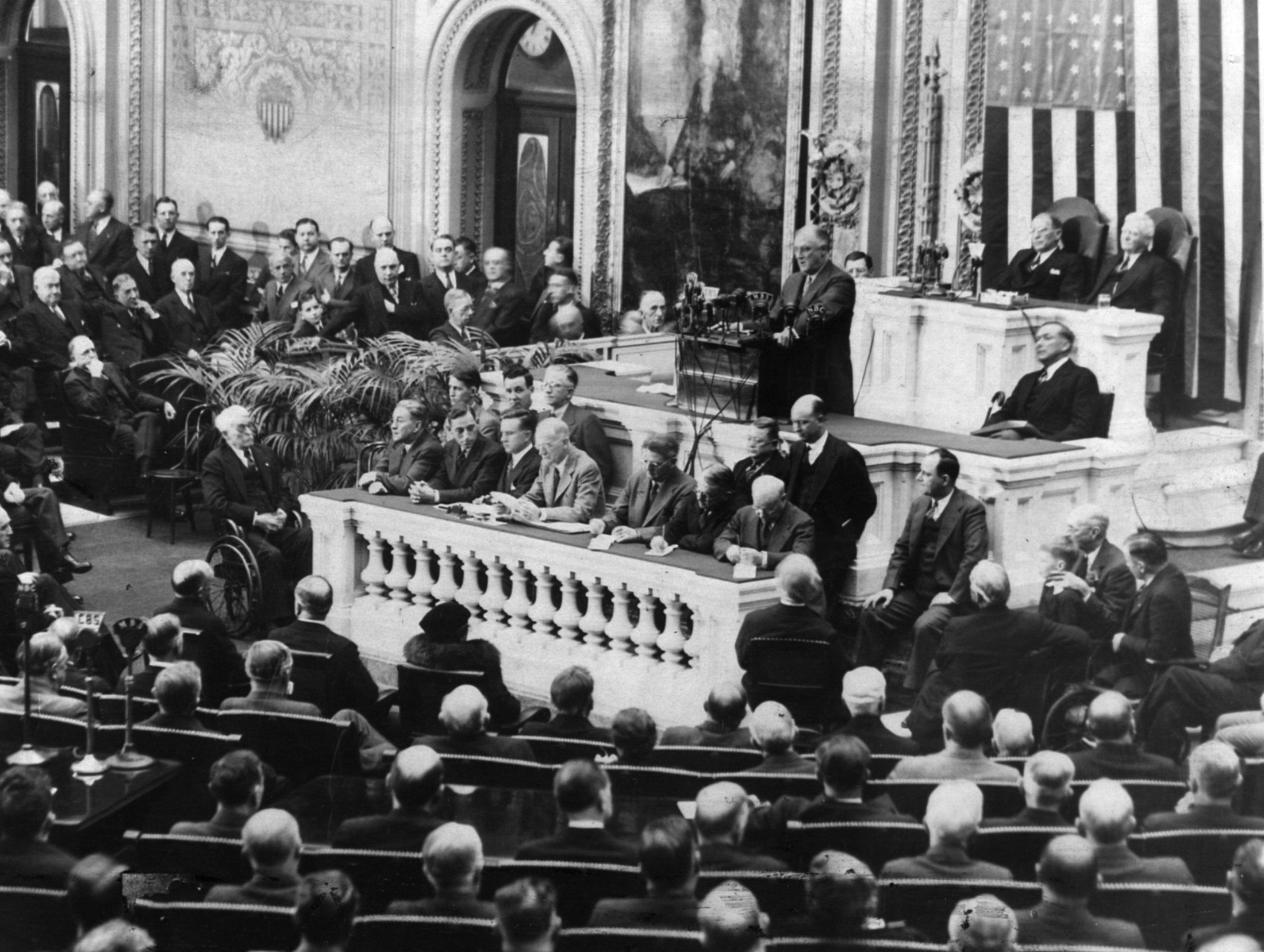
Roosevelt’s Not-so-strong Statement to Japan
The House of Representatives’ razor-thin, one-vote decision to extend the Selective Service Act and continue a peacetime draft was a harbinger of just how difficult FDR’s selling job would be. Nevertheless, the British pressed hard for a strong statement from the president regarding the consequences of a Japanese attack on Malaya. Churchill telegraphed Foreign Secretary Anthony Eden on August 11 that he had gotten the “strong statement” from Roosevelt that he was after. “At the end of the note [he] will hand to the Japanese Ambassador,” cabled Churchill, “he will add the following passage, which is taken from my draft: Any further encroachment by Japan in the Southwest Pacific would produce a situation in which the United States Government would be compelled to take counter-measures, even though these might lead to war between the United States and Japan.”
As Churchill feared, the State Department was not convinced of the wisdom of such an overtly bellicose declaration. Once Secretary of State Cordell Hull got a look at the last paragraph of the draft, drawn up by Assistant Secretary of State Sumner Wells on his way back from the conference, Hull and his advisers agreed that the statement needed toning down. It was initially decided to replace the wording “such further steps may result in conflict between the two countries” with a more vague declaration that “the United States would take any and all steps of whatever character it may deem necessary in its own security.” After reading this over, however, Hull still found it too strong and worried that it “threatened war.”
In the final draft, which Roosevelt delivered to Ambassador Nomura on August 12, the document said only that “the government of the United States will take all steps toward safeguarding the legitimate rights and interest of the United States and American nationals and toward insuring the safety and security of the United States.” The next day, Roosevelt sent another Hull-drafted message to Churchill that cleverly avoided the contents of the toothless statement the president had just delivered to Nomura. Roosevelt’s message said, in part, “I made to him a statement along the lines of the proposed statement such as you and I had discussed. The statement I made to him was no less vigorous than and substantially similar to the statement we had discussed.” Although alarmed by the president’s watered-down statement, Churchill continued to hang on to the assurance Roosevelt had given him at the Atlantic conference that an aggressive Japanese move against the British or Dutch would bring America into the fight.
Playing for Time
Despite efforts on the diplomatic front to come to some agreeable answer to the embargo and the Indochina situation, no headway was made that summer or fall. On November 3, 1941, Churchill received a note from Chinese leader Chiang Kai-shek asking for British help in Malaya to stop an anticipated Japanese attack on Kunming to cut the Burma Road. Passing the information along to Roosevelt, Churchill somewhat disingenuously advised, “No independent action by ourselves will deter Japan, because we are so much tied up elsewhere. But of course we will stand with you and do our utmost to back you in whatever course you choose.”
On November 7, Roosevelt cabled back that he doubted such a Japanese land campaign was imminent. “We feel that continuing efforts to strengthen our defenses in the Philippines, paralleled by similar efforts by you in the Singapore area, will tend to increase Japan’s hesitation,” Roosevelt wrote. The president was still unsure what to do if Japan attacked the British and Dutch, but not the United States. Regarding that question, on the afternoon of November 17, he polled his Cabinet on whether they thought the American people “would back us up if we responded to such an attack with military action.” Responding with an overwhelming yes, the Cabinet agreed that Roosevelt should emphasize the increasingly critical situation in the press and in his speeches.
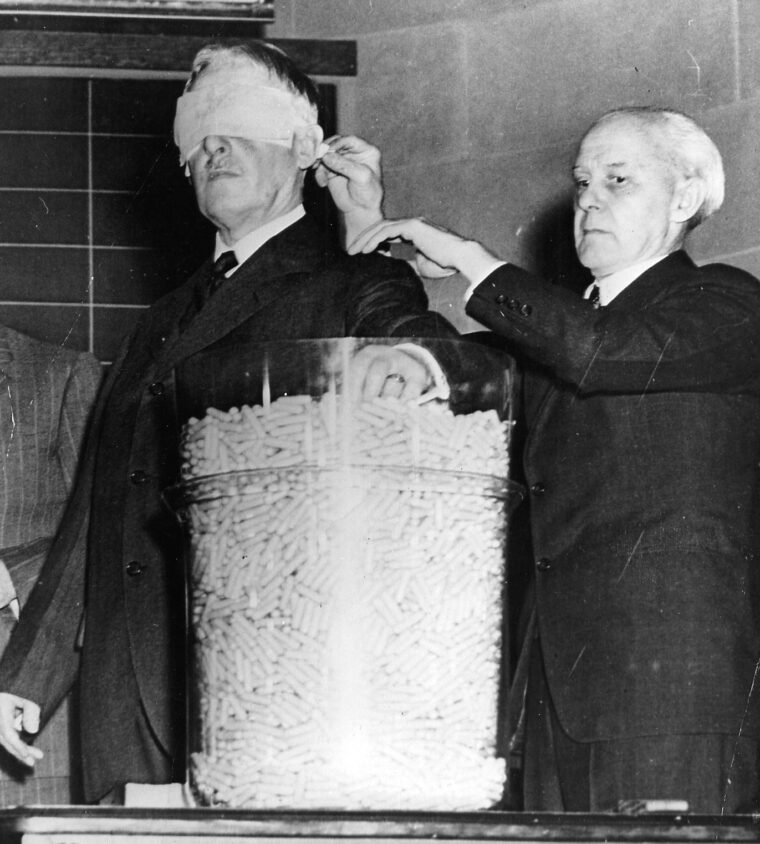
Roosevelt’s next priority was to play for time. His primary concern was that the U.S. military be able to respond effectively to a Japanese attack in Indochina. In a meeting with Secretary of War Henry Stimson on November 6, the president mulled over what he should say to Ambassador Nomura. “He was trying to think of something that would give us further time,” Stimson recalled. “He suggested he might propose a truce in which there would be no movement or armament for six months.”
At that point, U.S. intelligence intercepted a Japanese diplomatic message relating to Roosevelt’s attempt to reach a temporary agreement pending a final settlement of the Malaysian situation. The coded message revealed that the Japanese embassy in Washington was preparing to repatriate its nonessential personnel, indicating that it would reject any negotiated settlement with the Allies that would require Japan to formally withdraw from the Tripartite Pact with Germany and Italy. Meanwhile, the two Japanese ambassadors (Nomura had been joined by Saburo Kurusu) were told to agree to refrain from further “armed advancement” for three months while negotiations continued over the major points of disagreement.
10-Point Attachment Shocks Japan
Satisfied that both sides had accepted each other’s preliminary terms, the two ambassadors met with Secretary of State Hull on November 26. They were dumbfounded when Hull presented them with a 10-point attachment to the U.S. proposal. The document so stunned the unsuspecting Japanese that Nomura, in his report to Tokyo that afternoon, said that it could only be interpreted as an “ultimatum.” In the addendum, Japan was enjoined to withdraw all military, naval, air, and police forces from China and Indochina and to recognize the sovereignty of the National Government of the Republic of China.
The attachment was strongly influenced by a report to Roosevelt from British Ambassador Lord Halifax in which the president had been informed that 30 Japanese troop transports carrying 30,000 to 40,000 men had just left the Shantung peninsula for the south of China. If the report was correct, it meant that the Japanese were already breaking faith with the Allies while negotiations were still under way—war might break out at any time. The Japanese moves put renewed pressure on Roosevelt to live up to his commitment to Churchill at the Atlantic Conference. Anticipating that the presence of the Japanese expedition indicated a move against either Thailand or Malaya, Churchill sent a desperate plea to Roosevelt on November 30. “I beg you to consider whether, at the moment which may be very near, you should not say that ‘any further Japanese aggression would compel you to place the gravest issues before Congress,’” the British prime minister implored.
Churchill’s suggestion had already been discussed at the meeting of the War Cabinet two days earlier. The cabinet, composed of the president, the secretaries of war, state and navy, and the chief-of-staff and chief of naval operations, “decided that we could not attack without a further warning to Japan, and discussed what form that warning should take,” Stimson reported. “The president suggested a special telegram from himself to the emperor and at the same time he would deliver a special speech to Congress on the danger and what we would have to do if the danger happened. This was the final decision at the time and the president asked Knox, Hull and myself to try to draft such papers.”
Stimson’s stated conclusion that Roosevelt was “undoubtedly considering an attack on Jap forces threatening Southeast Asia” was incorrect. Instead, Roosevelt was scrambling to avoid having to make an after-the-fact appeal to Congress, in light of additional intelligence reports on December 1 that the Japanese expedition had rounded the southern tip of Indochina and was heading into the Gulf of Siam.
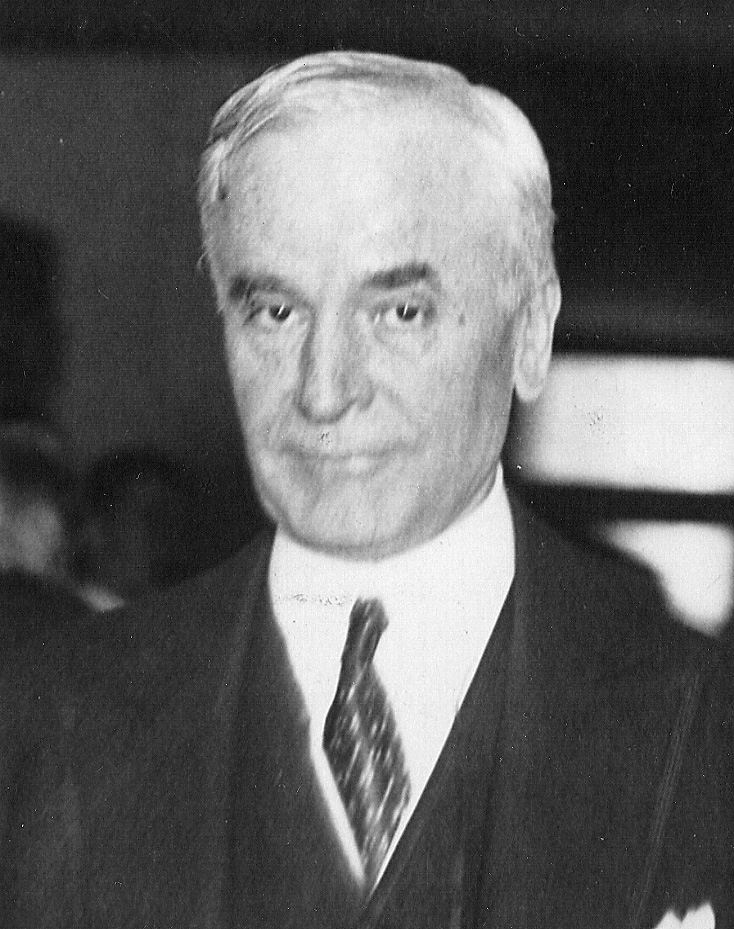
Three days earlier, the War Cabinet had decided that if the Japanese moved into the gulf, the British would fight and the United States would join them. “If war did come,” Stimson noted, “it was important that we should not be placed in the position of firing the first shot.”
In response to that decision, Roosevelt instructed his chief of naval operations to order the Asiatic Fleet to send a line of ships directly into harm’s way in the Gulf of Siam, hoping to entice the Japanese to fire the first shot. Admiral Harold Stark immediately sent a telegram to Asiatic Fleet commander Admiral Thomas Hart in Manila, directing him to send three small vessels to form a “defensive information patrol” and to report any Japanese movements in the West China Sea and the Gulf of Siam. The Army Air Force was already shadowing the Japanese moves.
The Speech Roosevelt Didn’t Give to Congress
Roosevelt was pulling out all stops to avoid having to go before Congress and ask for a declaration of war based solely on his agreement with Churchill. He asked Hull to send the completed draft of the speech he would deliver to Congress as a last-minute warning if the Japanese continued their intrusion into the Gulf of Siam. Completed on the 29th, the draft was forwarded to the president that afternoon. In a memorandum to the speech, Hull concluded with the rather curious statement, “I think we agree that you will not send a message to Congress until the last stage of our relations, relating to actual hostility, has been reached.” Meanwhile, on the morning of Saturday, December 6, Roosevelt decided to send a last-ditch appeal to the Japanese emperor. It was precipitated by a message from the United States ambassador to Britain, John Winant, marked “triple priority and most urgent,” advising that the British Admiralty had reported seeing two large Japanese invasion forces off the coast of Cambodia, sailing slowly westward.
With the handwriting now on the wall, the stage was set for perhaps the most persuasive communicator of the 20th century to go before a divided Congress and prepare the public for the very real possibility of having to send American boys to fight in a foreign war. The president decided that if no reply came from the Japanese emperor by Monday, December 8, he would deliver his speech the next afternoon. The opening paragraph of the speech, taken verbatim from a combination of those proposed by Knox and Stimson, read: “Gentleman of the Congress: I have come before you to report to you on the serious danger which is threatening this country and its interests in the Far East. Relations between the United States and the Japanese empire have reached a stage where I consider it incumbent upon me to lay before you the essential facts of the situation and their extremely serious implications.”
Most of the first 4,000 words covered the diplomatic history of the two countries and Japan’s rise as a military power, its membership in the Tripartite Pact, and its past acts of aggression against China. Only in the closing paragraphs did Roosevelt lay it on the line: “We do not want war with Japan. If, however, war should come, the fault and responsibility will be those of Japan. The primary cause will have been pursuit of a policy of aggression, in the course of which Japan’s militant militaristic leadership has disregarded law, violated treaties, impaired rights, destroyed property and lives of our nationals, inflicted horrible sufferings upon peoples who are our friends, made threats against us, kept many of our people in a constant state of anxiety, and, in general, made Japan a world nuisance and a menace to our security and to the cause of peace, of freedom and of justice.”
As clever and convincing as Roosevelt could to be, it is interesting to note that he neglected to say that immediate military intervention on behalf of British Malaya would help secure the American-held Philippines from Japanese attack. In fact, the strongest appeal relating that possibility was buried on page 16 of the 19-page speech: “The question immediately presented in our Far Eastern affairs is whether the United States is or is not to stand by while Japan goes forward with a program of conquest by force in eastern Asia and the western Pacific.”
The next morning, the Japanese attacked Pearl Harbor, rendering moot Roosevelt’s planned address. There would be no need to intervene in Great Britain’s behalf—it was now America’s war, as well. The entry in Henry Stimson’s diary that night summed up what leaders were thinking on both sides of the Atlantic. “When the news first came that Japan had attacked us,” Stimson wrote, “my first feeling was of relief —that indecision was over and that a crisis had come in a way which would unite all our people.” Pearl Harbor, not Malaya, had been the flashpoint.
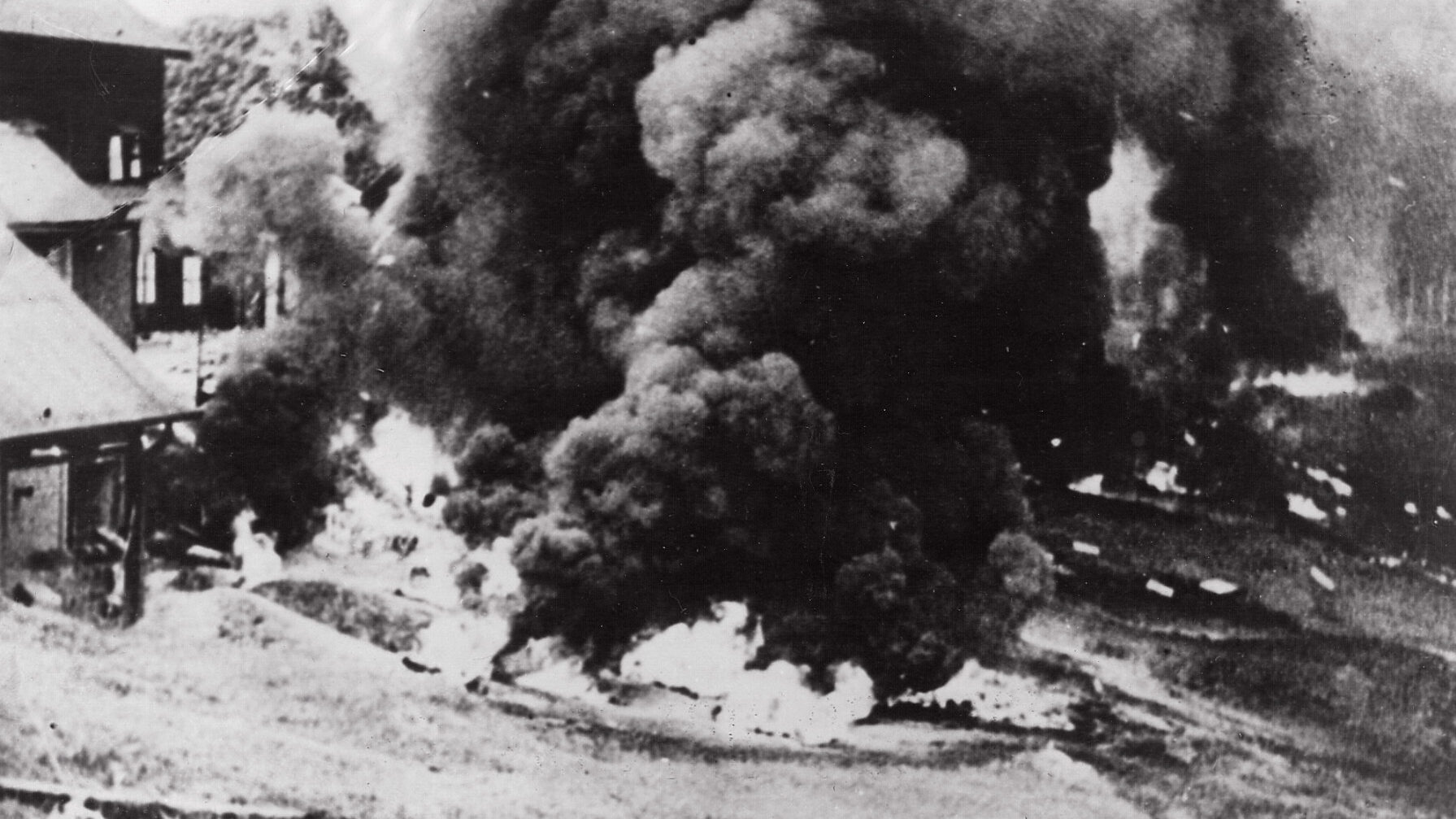
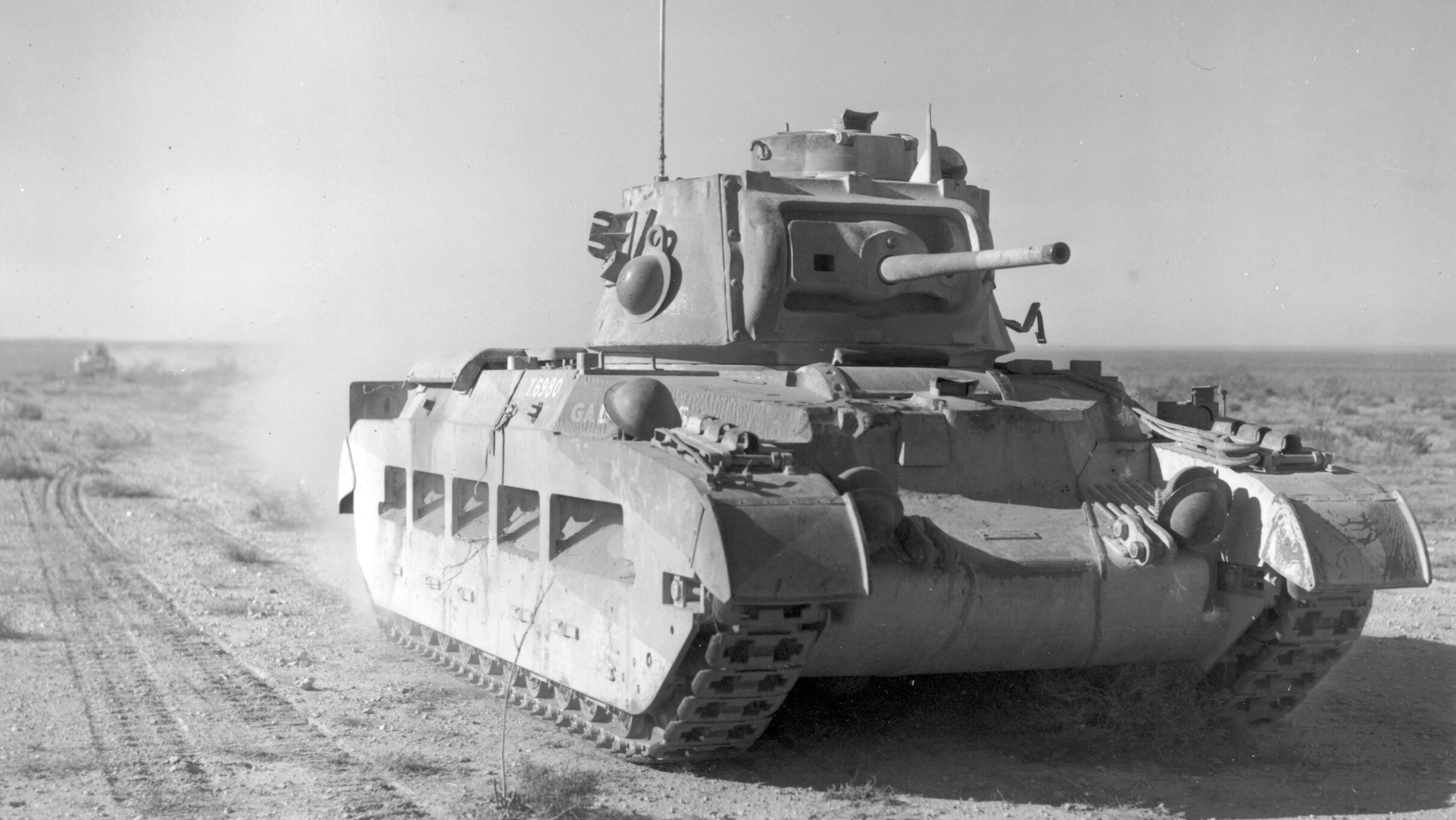
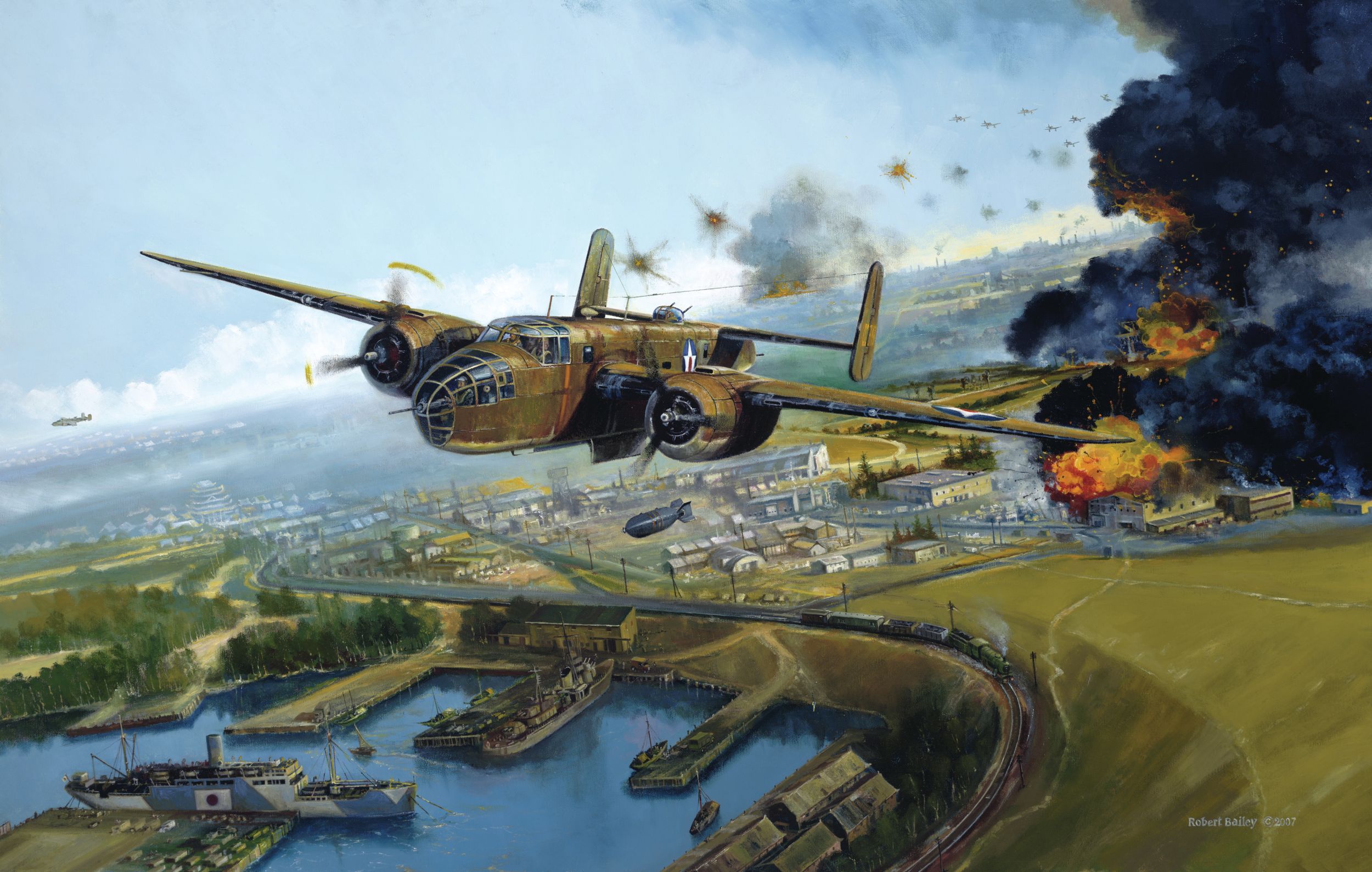
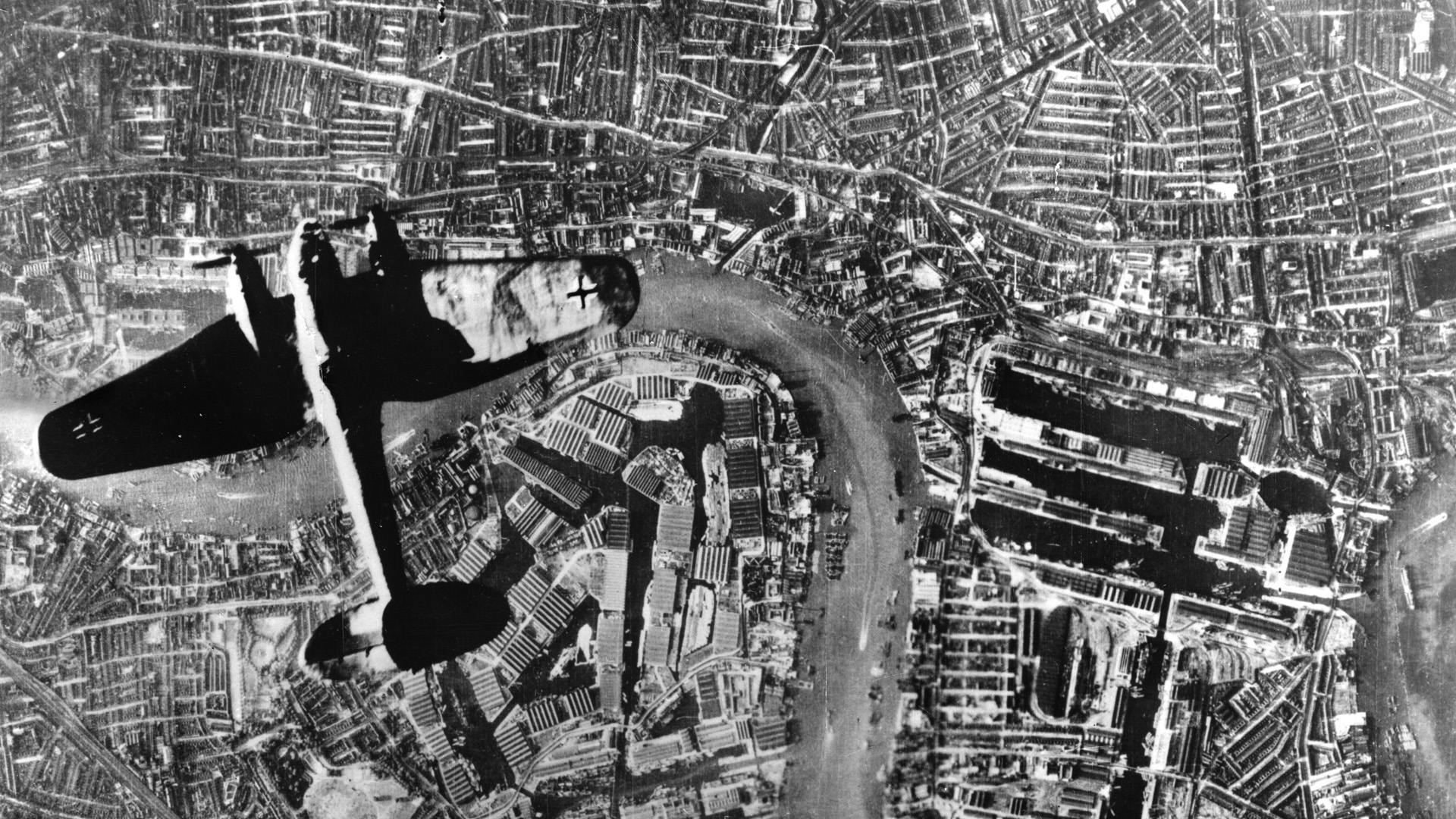
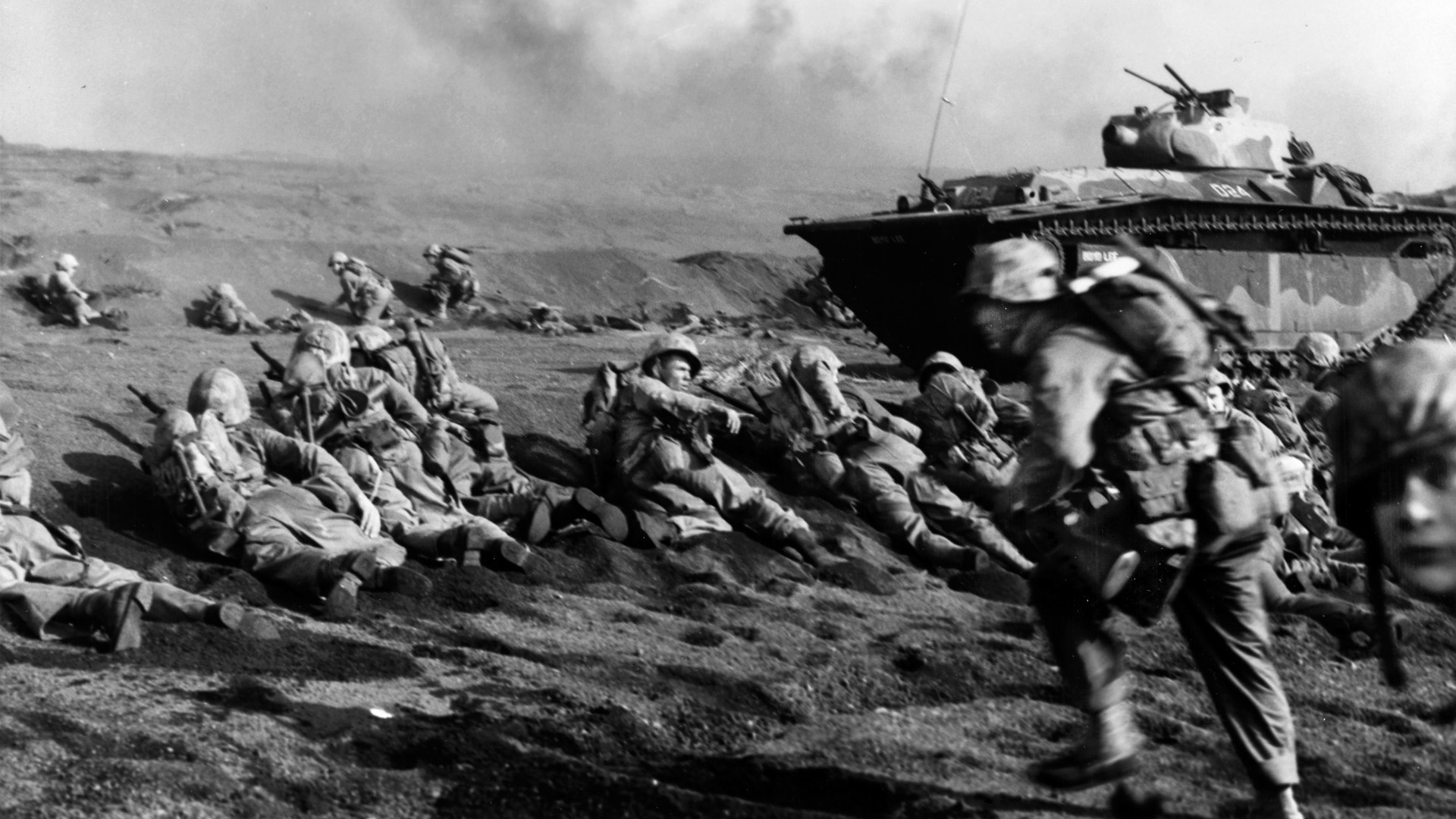
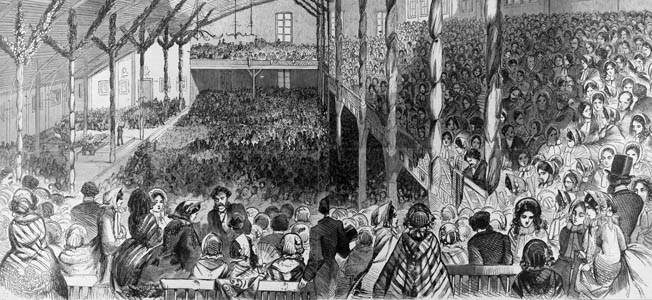
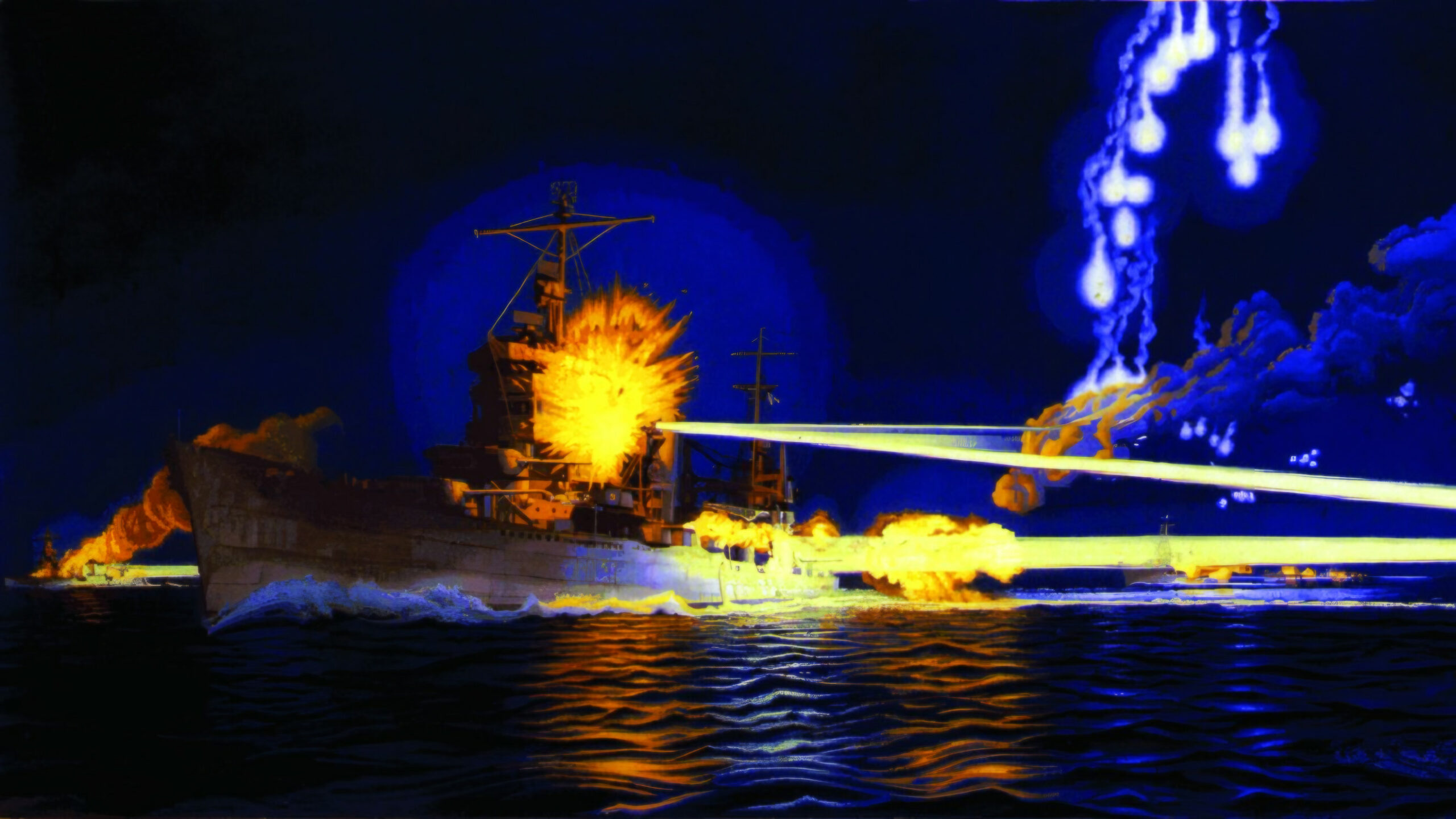
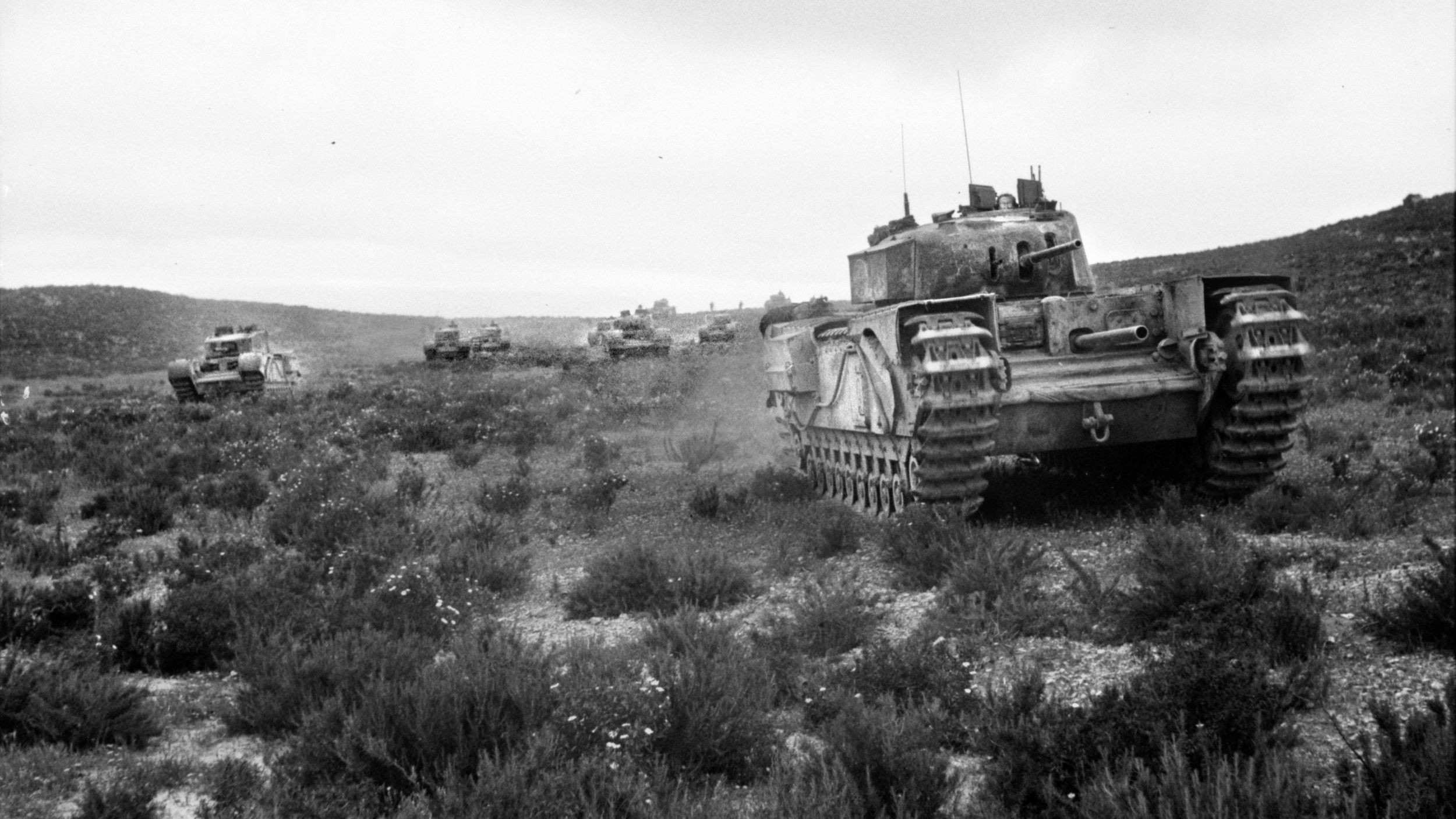
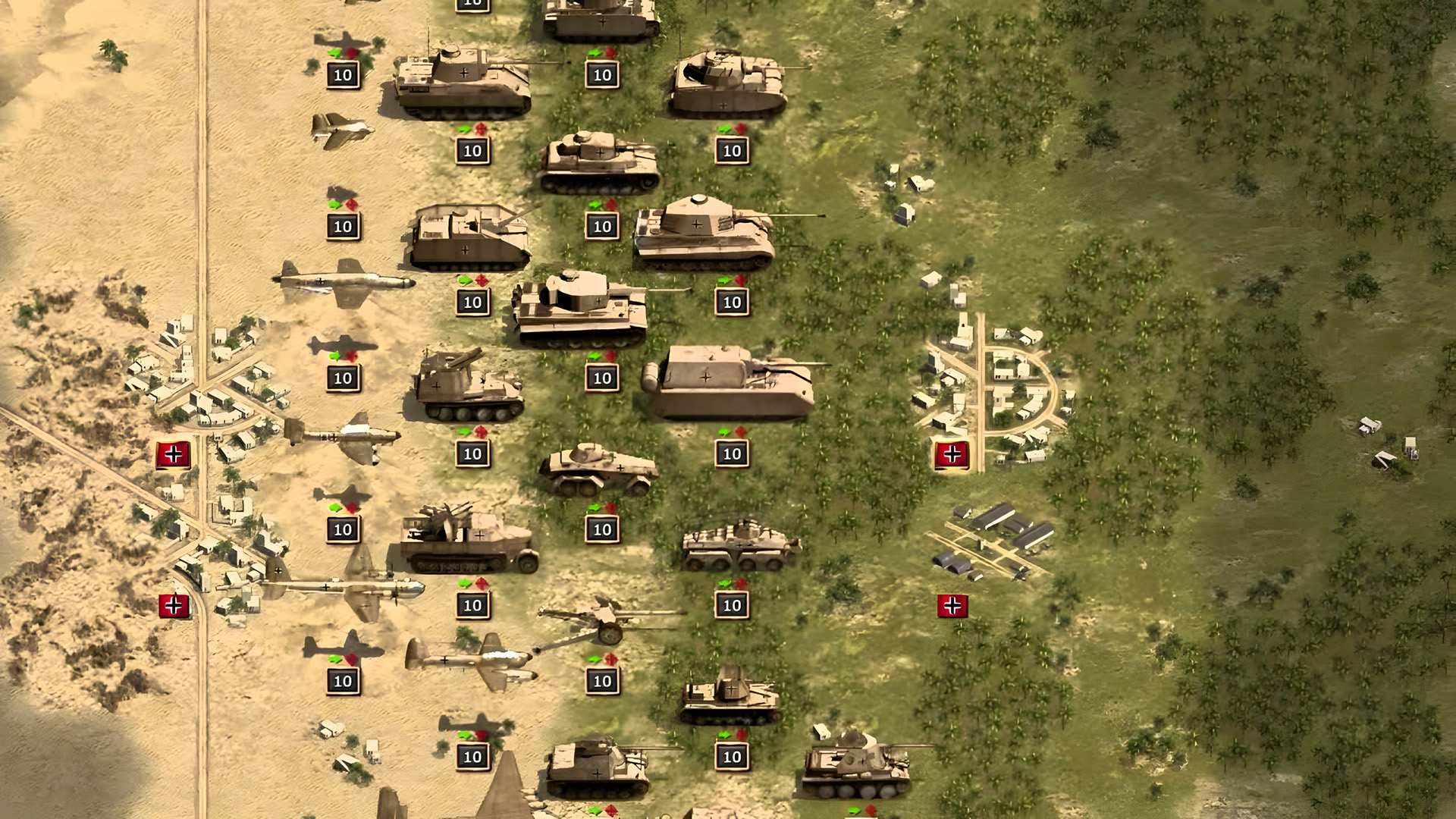
Had Hull not sent the 10 point attachment, the efforts of the pro-war party in Japan to insure the Emperor’s tacit non-objections to war with the US might could have been blocked. There was not a unanimity of thought, especially among the navy, that war with the US was advisable. In the absence of a concrete and public commitment to aid the British, it is probable that action against the US would, at the least, have been delayed. In any event, the war in the Philippines was very ill advised as it was a net drain on Japanese resources throughout the war. It had no natural resources, except for a marginal amount of rice, to supply to the Japanese war effort. Finally, the American public, for all its natural sympathy to England, did not extend to another foreign war in which we were not directly attacked.